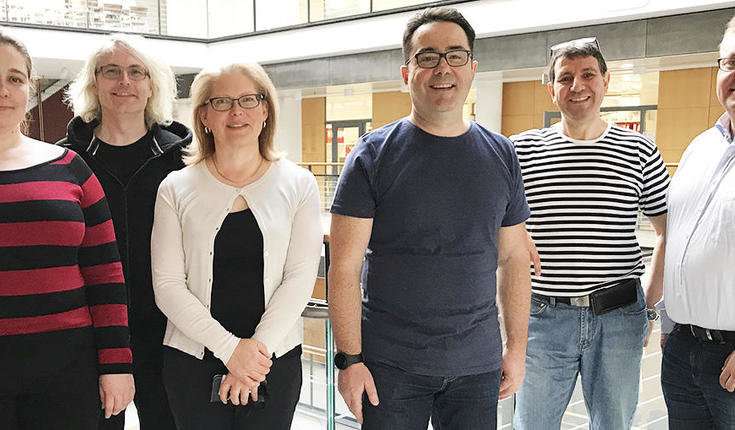New insights into the development of heart disease therapeutics

The heart of a neonatal mouse is capable of self-repair after tissue damage. However, this ability disappears during the first week of life. Researchers at the University of Helsinki investigate the molecular mechanisms underlying myocardial regenerative ability. Advantages within the field could be of benefit, for example, in the development of novel treatments for patients to regain heart function after myocardial infarction.
During the first days of life, the heart of a newborn mouse adapts to entirely new physiological conditions, larger volume loads and an increased energy demand. As a result, fundamental changes occur in the heart. Studies have shown that the heart of neonate mouse retains its ability to effectively repair tissue damage. This ability of the cardiac muscle to regenerate, however, gradually disappears during the first week of life.
One major problem in the treatment of heart disease is the inability of adult myocardial cells to regenerate. Thus, tissue damaged by, for example, myocardial infarction is not revived. New approaches for developing novel treatments are being sought to help patients regain heart function after myocardial infarction.
A research collaboration at Meilahti campus investigates the molecular mechanisms underlying myocardial regenerative ability. Research groups from the Medical Faculty at the University of Helsinki, the Institute of Molecular Medicine Finland (FIMM) and the Minerva Foundation Institute for Medical Research have recently published an analysis that combined three different systems-level methods on mechanisms associated with the loss of regenerative ability of the heart soon after birth.
The researchers used a large scale analytical platforms approach combining RNA sequencing, quantitative proteomics and metabolomics as well as bioinformatics to characterize the events initiated in the hearts of newborn mice during the first week after birth.
"We used a combination of different systems-level techniques and utilized the tools of transcriptomics, proteomics, metabolomics and bioinformatics. Co-operating with the top experts from different groups at the Meilahti campus, we were able to get a very comprehensive view of how the heart's metabolism is re-programmed within the first postnatal week," says Docent Esko Kankuri.
"Utilizing a 'multiomics' approach, we identified several cellular message pathways and processes that affect the re-programming of heart metabolism after birth. We discovered core molecular level events behind the regenerative capacity of the heart. Through our research, 1 937 proteins, 612 metabolites and 2 586 gene loci were associated with these processes," Kankuri adds.
Fructose-induced glycolysis was a key factor for myocardial regenerative ability, an activity associated with an increased proliferation of cardiac muscle cells during the first days after birth.
"These results also help us to understand the mechanisms of the human heart disease and what molecular factors affect myocardial regeneration. Understanding these mechanisms can open up possibilities for developing new types of treatments," says Docent Maciej Lalowski.
More information: Maciej M. Lalowski et al. Characterizing the Key Metabolic Pathways of the Neonatal Mouse Heart Using a Quantitative Combinatorial Omics Approach, Frontiers in Physiology (2018). DOI: 10.3389/fphys.2018.00365


















